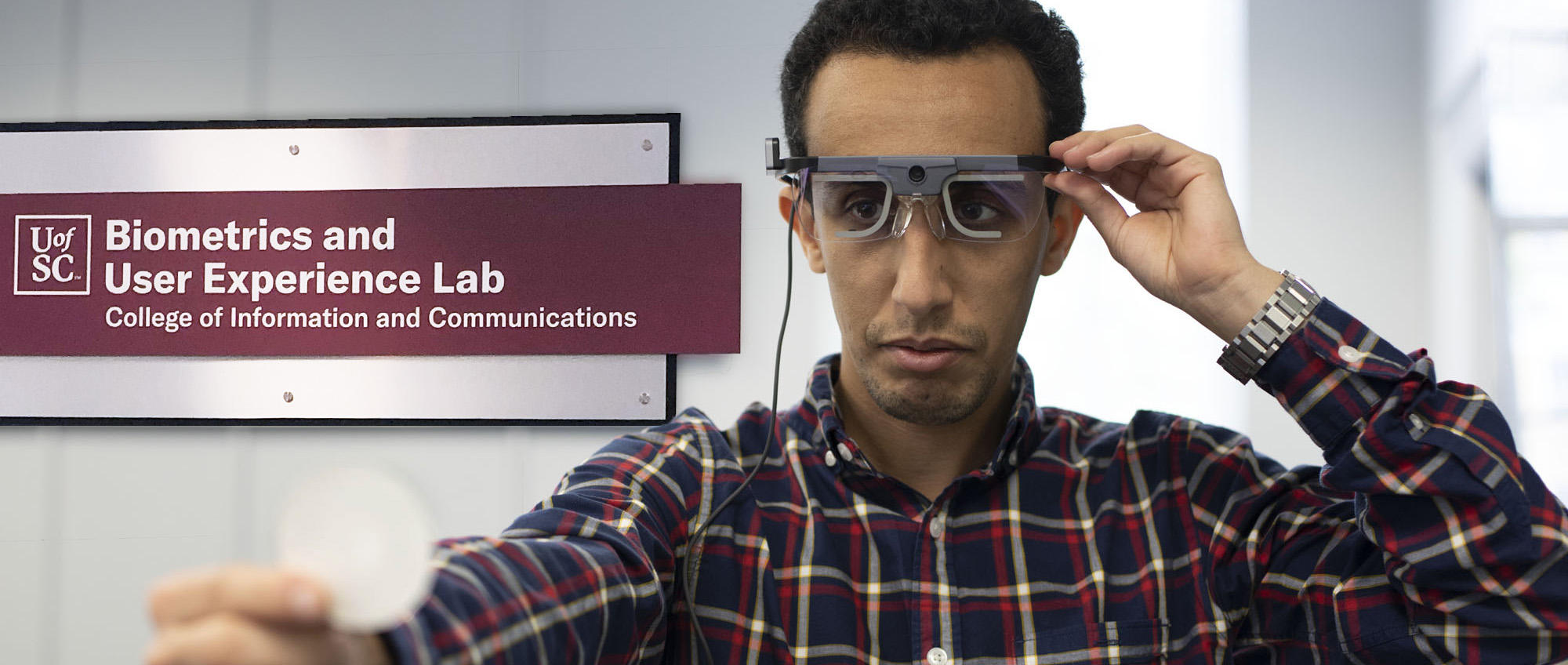Lab Capabilities
The BaUX Lab has a unique set of cutting-edge technologies to track facial expressions, eye movement, sweat gland stimulation and neuroelectrical activity.
VR Eyetracking
Virtual reality affords the possibility to test behavior in any environment, creating
the opportunity to capture responses in settings that would be too expensive or even
impossible to recreate in the real world. The newly integrated Eye Tracking - VR module
enables users to connect, record, and live visualize eye tracking data in VR, AR or
360 video simulations. Researchers can explore attentional processes in any virtual
environment, opening up a huge range of new research possibilities.
Screen-based Eye Tracking
Uses near-infrared technology and an HD camera to track gaze direction and quantifies
the visual attention on images, videos, websites, games, software interfaces and mobile
phones.
Eye Tracking Glasses
Allows researchers to understand how respondents view and interact in the real, dynamic
world beyond the restriction in the lab settings.
Facial Expression
Measures human emotions through computer-based facial coding, including seven core
emotions (happy, sad, etc.) and 21 facial action units (brow furrow, jaw drop, etc.).
Galvanic Skin Response
Measures the electrical activity conducted through sweat glands in the skin, which
are triggered by emotional stimulation.
Electroencephalography
Measures electrical activity on the scalp associated with perception, cognition and
emotional processes.
Research
Current faculty and student research projects focus on human-computer interaction, message persuasion, social media communication, citizen-compared-to-staff photojournalism, health communication, etc. For more specific information about current and previous research projects, please refer to the Research pages.
Teaching
The BaUX Lab also enriches students’ educational experiences across campus. Undergraduate and graduate students visit the lab through guest lectures, lab tours, and project demos. Students are equipped with strong conceptual knowledge about the lab technologies and gain hands-on experiences to utilize these technologies to assess their creative projects, such as user interface, advertising copies, VR prototypes, etc. Student groups are also benefiting from the lab, including the Ad Team, which used the technology to prepare for the 2020 National Student Advertising Competition. The team took second place.
Undergraduate and graduate courses may be taught in the lab, and students may also access it by assisting with faculty research projects, interning in the lab, and running independent and supervised research projects.
